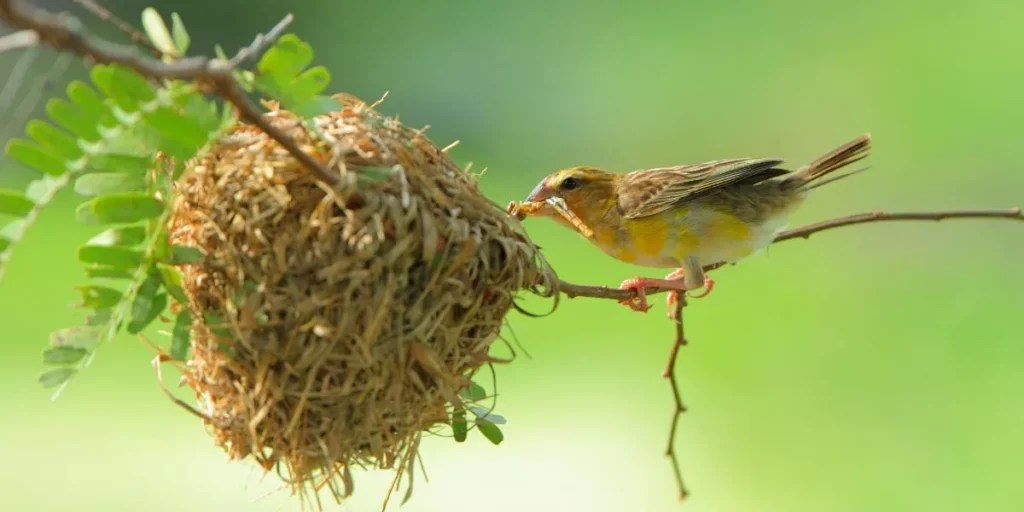
When it comes to ensuring your bird’s environment remains enriching and safe, there are key factors to consider beyond just the basics. By focusing on providing a stimulating and secure setting for your feathered friend, you can enhance their overall well-being and happiness. From selecting the right cage accessories to establishing a regular cleaning routine, each aspect plays a crucial role in maintaining a healthy and engaging environment for your bird. Remember, a few simple adjustments can make a significant difference in creating a space that promotes both physical and mental stimulation for your avian companion.
Cage Setup and Placement
When setting up your bird’s cage, consider the placement and size carefully to ensure their safety and comfort. The location of the cage is crucial; it should be in a well-lit area but not in direct sunlight to prevent overheating. Birds thrive in social environments, so placing the cage in a room where the family spends time can provide mental stimulation. Keep the cage away from drafts, windows, and doors to avoid temperature fluctuations that could harm your feathered friend.
Ensure the cage is spacious enough for your bird to move around comfortably. Birds need room to stretch their wings and fly short distances within the cage. The size of the cage will vary depending on the bird species you have; larger birds require more space. Additionally, make sure the cage bars are appropriately spaced to prevent your bird from escaping or getting stuck.
Proper Toy Selection
Selecting appropriate toys for your bird is essential for keeping them mentally stimulated and engaged. When choosing toys, consider your bird’s species and preferences. Birds are naturally curious and playful, so providing a variety of toys will prevent boredom and encourage physical activity. Look for toys that offer different textures, shapes, and colors to keep your bird engaged.
Interactive toys, such as puzzle feeders or foraging toys, are great for stimulating your bird’s mind and encouraging natural behaviors like foraging. Rotate your bird’s toys regularly to keep them interested and engaged. Additionally, avoid toys with small parts that could be ingested and potentially harm your bird.
Consider incorporating toys that encourage physical exercise, like swings or ladders, to promote your bird’s physical well-being. Toys that encourage preening, such as ropes or shreddable toys, can also help keep your bird’s beak and feathers healthy. By selecting a variety of stimulating toys, you can provide an enriching environment for your bird while keeping them safe and happy.
Perch Variety and Placement
To create a stimulating and comfortable environment for your bird, vary the types and placements of perches throughout their living space. Providing a variety of perches of different thicknesses, textures, and materials can help promote healthy feet and prevent sores or discomfort. Birds enjoy perches that mimic their natural environment, such as branches of varying diameters. This variety also encourages your bird to exercise different muscles and prevents boredom.
Consider placing perches at different heights within the cage to encourage movement and exploration. Perches placed near food and water dishes can make it easier for your bird to access these essentials without having to fly long distances. Additionally, having perches at varying heights allows your bird to choose where they feel most comfortable perching based on their mood or desire for social interaction.
Regularly inspect perches for signs of wear and clean them as part of your routine cage maintenance to ensure a safe and hygienic environment for your feathered friend.
Cleaning and Hygiene Practices
Inspecting and cleaning your bird’s living environment regularly is paramount to maintaining their health and well-being. Ensuring a clean and hygienic space for your feathered friend helps prevent the spread of bacteria and disease.
Start by removing any droppings, leftover food, or soiled bedding on a daily basis. Wipe down surfaces with a bird-safe disinfectant to eliminate germs and odors. It’s essential to clean your bird’s water and food dishes daily with hot, soapy water to prevent the growth of harmful bacteria.
Additionally, regularly wash and replace your bird’s toys to prevent the buildup of dirt and bacteria. Pay attention to any signs of mold or mildew in the cage or surrounding areas, as these can be harmful to your bird’s respiratory system.
Safety Measures and Hazard Prevention
Ensure your bird’s environment is free from potential hazards by implementing safety measures to protect their well-being. Start by bird-proofing your home, securing windows and doors to prevent escapes, and keeping harmful chemicals, toxic plants, and small objects out of reach.
When selecting toys and perches, opt for materials that are non-toxic and bird-safe, avoiding items with small parts that could be ingested. Regularly inspect your bird’s cage for any wear and tear, ensuring that it’s sturdy and free of sharp edges or loose wires that could cause injury.
Place the cage away from drafts, direct sunlight, and areas with fluctuating temperatures to maintain a comfortable environment for your feathered friend. Additionally, use caution when introducing new cage mates or allowing interaction with other pets to prevent potential conflicts or injuries.
Trending Products














